
Freemasonry or Masonry refers to fraternal organisations that trace their origins to the local guilds of stonemasons that, from the end of the 13th century, regulated the qualifications of stonemasons and their interaction with authorities and clients. Modern Freemasonry broadly consists of two main recognition groups: Regular Freemasonry, which insists that a volume of scripture be open in a working lodge, that every member profess belief in a Supreme Being, that no women be admitted, and that the discussion of religion and politics not take place within the lodge; and Continental Freemasonry, which consists of the jurisdictions that have removed some, or all, of these restrictions.

Charles XIII, or Carl XIII, was King of Sweden from 1809 and King of Norway from 1814 to his death. He was the second son of King Adolf Frederick of Sweden and Louisa Ulrika of Prussia, sister of Frederick the Great.
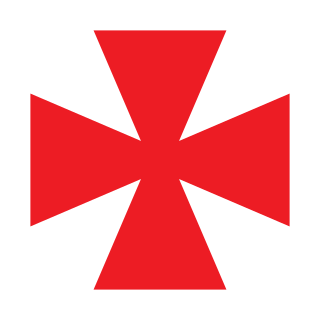
The Swedish Rite is a variation or Rite of Freemasonry that is common in Scandinavian countries and to a limited extent in Germany. It is different from other branches of Freemasonry in that, rather than having the three self-contained foundation degrees and seemingly-endless side degrees and appendant bodies, it has an integrated system with ten degrees. It is also different in that, rather than moving through the offices or 'chairs', progress in the Swedish Rite is based on moving through the ten degrees. A fundamental difference is the Swedish Rite's position on religious affiliation: Anglo/American 'Regular' Masonry requires a belief in any theistic religion and Continental 'Liberal' Masonry does not require belief in any religion, whereas Swedish Masonry is specifically Christian, and requires a Christian trinitarian belief in all its members. Nonetheless, the main Swedish Rite constitutions are all recognised as regular by the United Grand Lodge of England, and stand in full amity.

The Royal Order of Charles XIII is a Swedish order of merit, founded by King Charles XIII in 1811.
Freemasonry in Sweden was introduced by the Swedish Order of Freemasons, founded in 1735 as the oldest still active Swedish fraternal order, working the Swedish Rite of Freemasonry. It is under royal patronage of the King of Sweden and closely associated with the Lutheran Church of Sweden. It is a jurisdiction that admits Christian men only, and is recognised by the United Grand Lodge of England as a Regular Masonic jurisdiction, being the only Regular Grand Lodge that admits a 34th informal Masonic Degree. Its total membership is about 16,500.
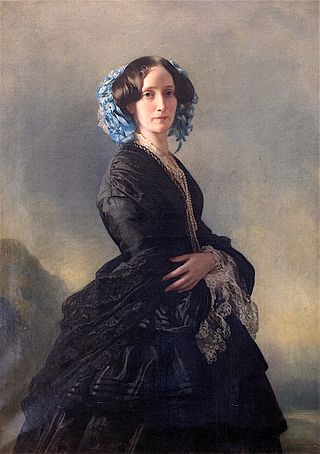
Sophie of Sweden was, by marriage, Grand Duchess of Baden as the wife of sovereign Grand Duke of Baden, Leopold.
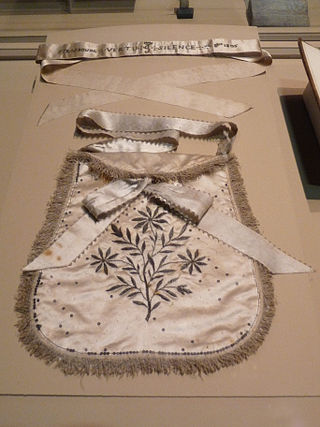
Freemasonry has had a complex relationship with women, which can be readily divided into many phases with no demonstrable relationship to each other until the 20th century. A few women were involved in Freemasonry before the 18th century; however the first printed constitutions of the Premier Grand Lodge of England appeared to bar them from the Craft forever.
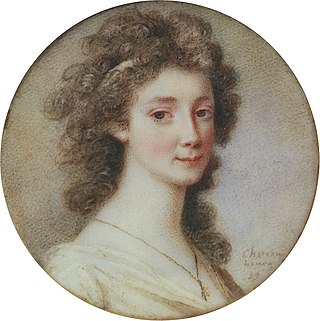
Countess Eva Sophie Piper, née Eva Sophie von Fersen, was a Swedish countess and lady in waiting. She was the daughter of count Axel von Fersen the Elder and Hedvig Catharina von Fersen and the sister of Axel von Fersen the Younger, Hedvig Eleonora von Fersen and Fabian von Fersen (1762–1818). She is foremost known for her close friendship with Queen Hedvig Elizabeth Charlotte, who dedicated her famous diary to her.

Hedwig Elisabeth Charlotte of Holstein-Gottorp was the queen consort of Charles XIII of Sweden and II of Norway. She was also a famed diarist, memoirist and wit. She is known as Hedwig Elisabeth Charlotte, though her official name as queen was Charlotte (Charlotta).

Prince Frederick Adolf, Duke of Östergötland was a Swedish Prince, youngest son of King Adolf Frederick of Sweden and Louisa Ulrika of Prussia, a sister of Frederick the Great, King of Prussia. He was given the title Duke of Östergötland.
Freemasonry in Denmark was first established in 1743 and is today represented by a number of Grand Lodges. The oldest and biggest Masonic Grand Lodge in Denmark is the Danish Order of Freemasons, in English also known as the Grand Lodge of Denmark.

Charlotte Slottsberg was a Swedish ballerina. She was one of the first native members of the Royal Swedish Ballet. She was also known as a courtesan and as the controversial mistress of the future Charles XIII of Sweden. She was the first native star of the Royal Swedish Ballet.
Freemasonry in France has been influential on the worldwide Masonic movement due to its founding of Continental Freemasonry.

Countess Christina Augusta Löwenhielm, was a Swedish noblewoman and courtier. She is known for her love affair with the later Charles XIII of Sweden. She is also famous in history as one of "the three graces" of the Gustavian age; three ladies-in-waiting immortalized in the poem Gracernas döpelse by Johan Henric Kellgren, and known profiles of the epoch.

Hedvig "Hedda" Eleonora von Fersen was a Swedish noble, lady in waiting to the Swedish queen, Sophia Magdalena of Denmark. She was the daughter of Axel von Fersen the Elder and Hedvig Catharina De la Gardie and the sister of Count Axel von Fersen the Younger, Sophie Piper and Fabian von Fersen (1762–1818). In 1773, she married marshal Baron, later Count Thure Leonard von Klinkowström in his second marriage, and with him had four children, among them the artist Hedvig Amalia Charlotta Klinckowström and Count Axel Leonhard von Klinckowström, member of the Royal Swedish Academy of War Sciences and la Société pour l'encouragement de l'industrie nationale.
Carl Adolf Andersson Boheman was a Swedish mystic, Freemason, merchant and royal secretary.
The Yellow Rose society was the name of a Swedish Masonic adoption lodge within the Freemasons, active from 1802 until 1803. It was founded by Karl Adolf Boheman upon the mutual wish of the royal couple Duke Charles and Duchess Charlotte of Sudermannia, and open to both sexes. It was closed by King Gustav IV Adolf of Sweden and the cause of the so-called Boheman Affair, which caused a conflict between the monarch and his uncle and aunt.
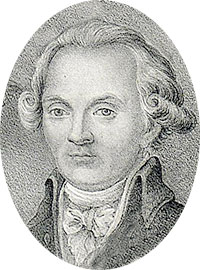
Events from the year 1776 in Sweden
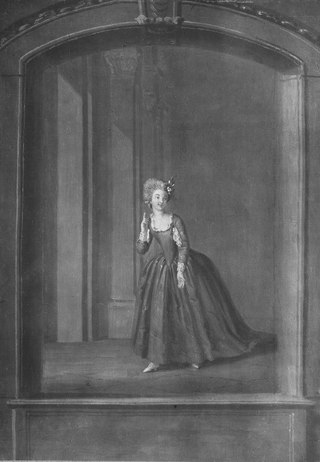
Christina Charlotta "Charlotte" Stierneld née Gyldenstolpe (1766-1825) was a Swedish courtier; governess for the royal children in 1802-1809, and överhovmästarinna to the queen of Sweden, Hedvig Elisabeth Charlotte of Holstein-Gottorp, from 1811 to 1818.
Freemasonry in Finland began in the mid-18th century, during the period of Swedish rule in Finland.

















